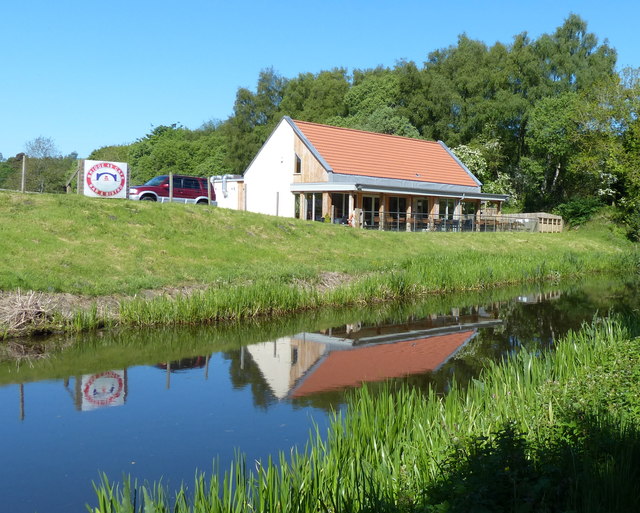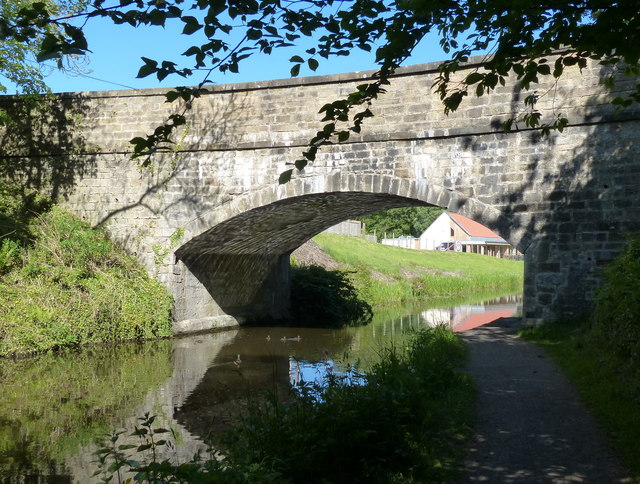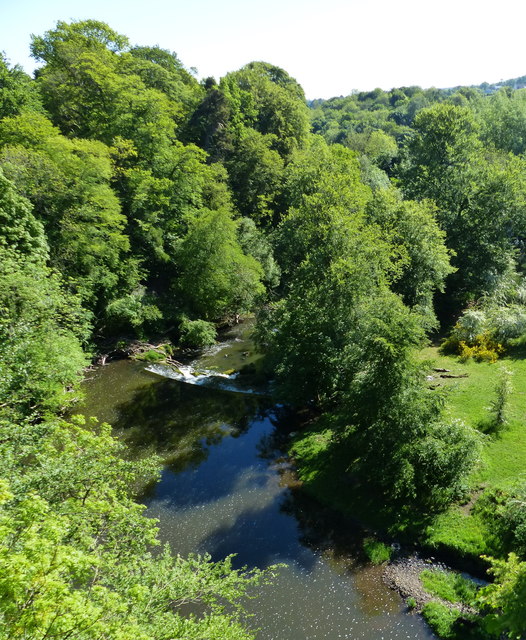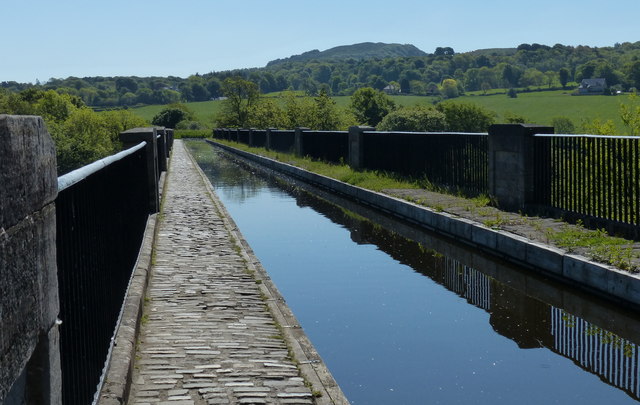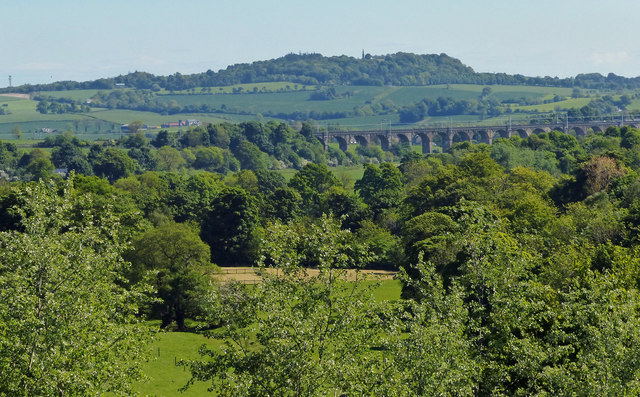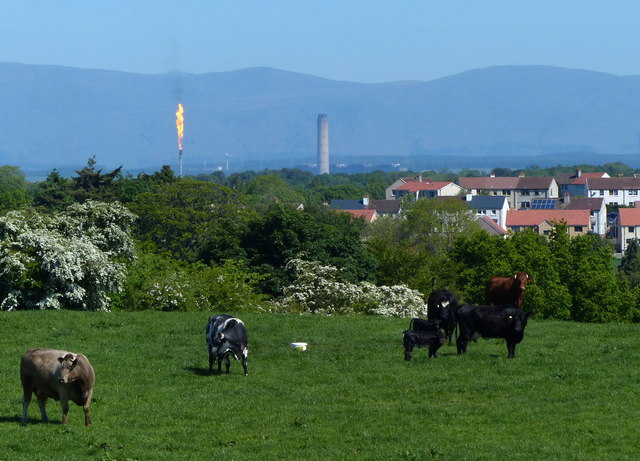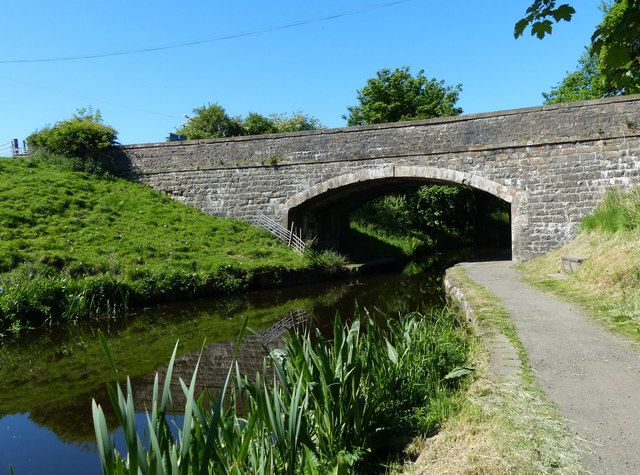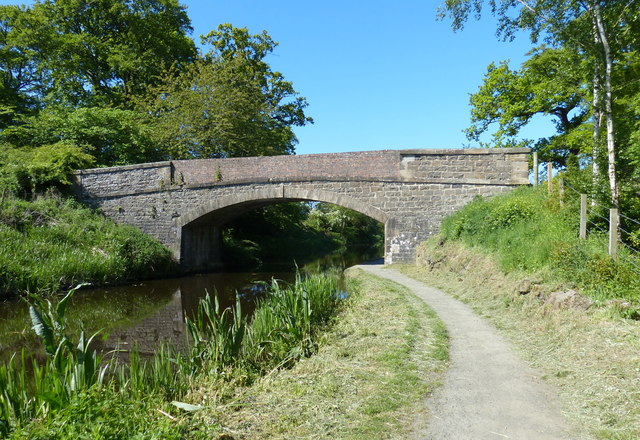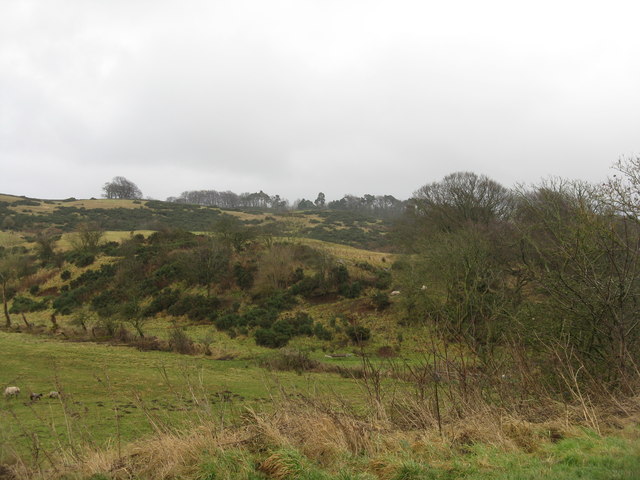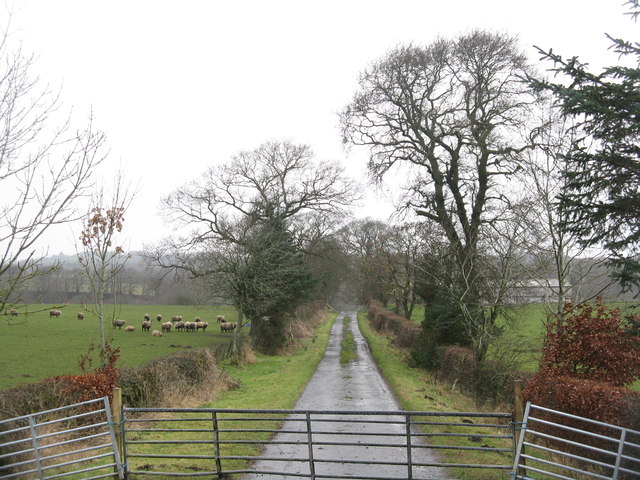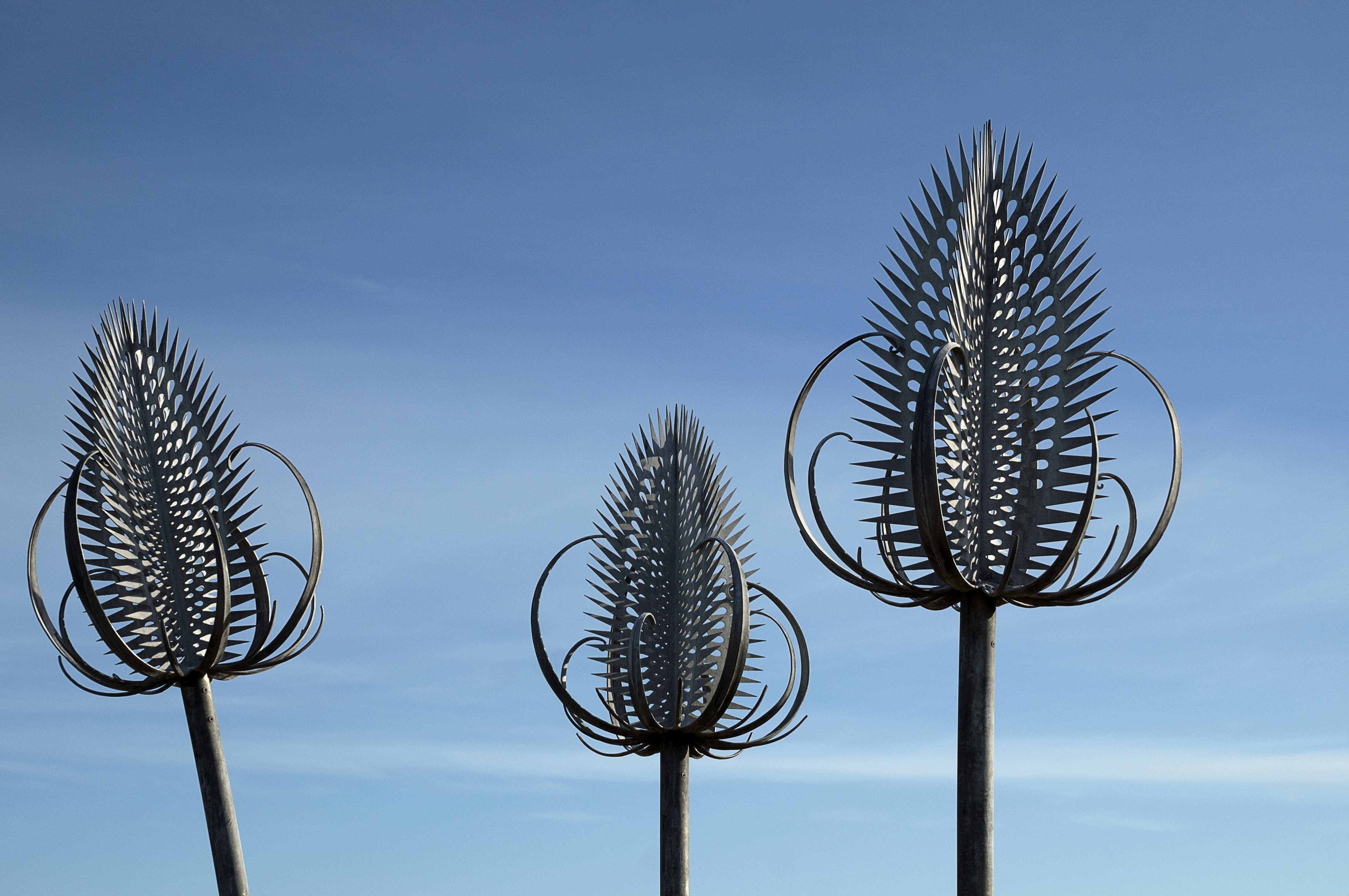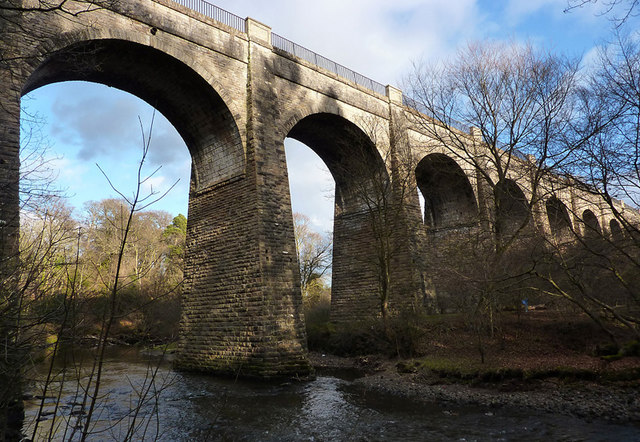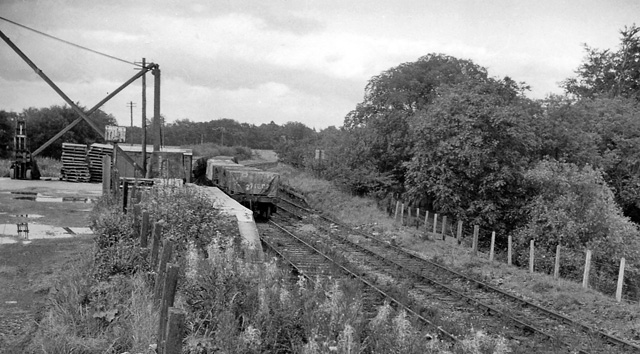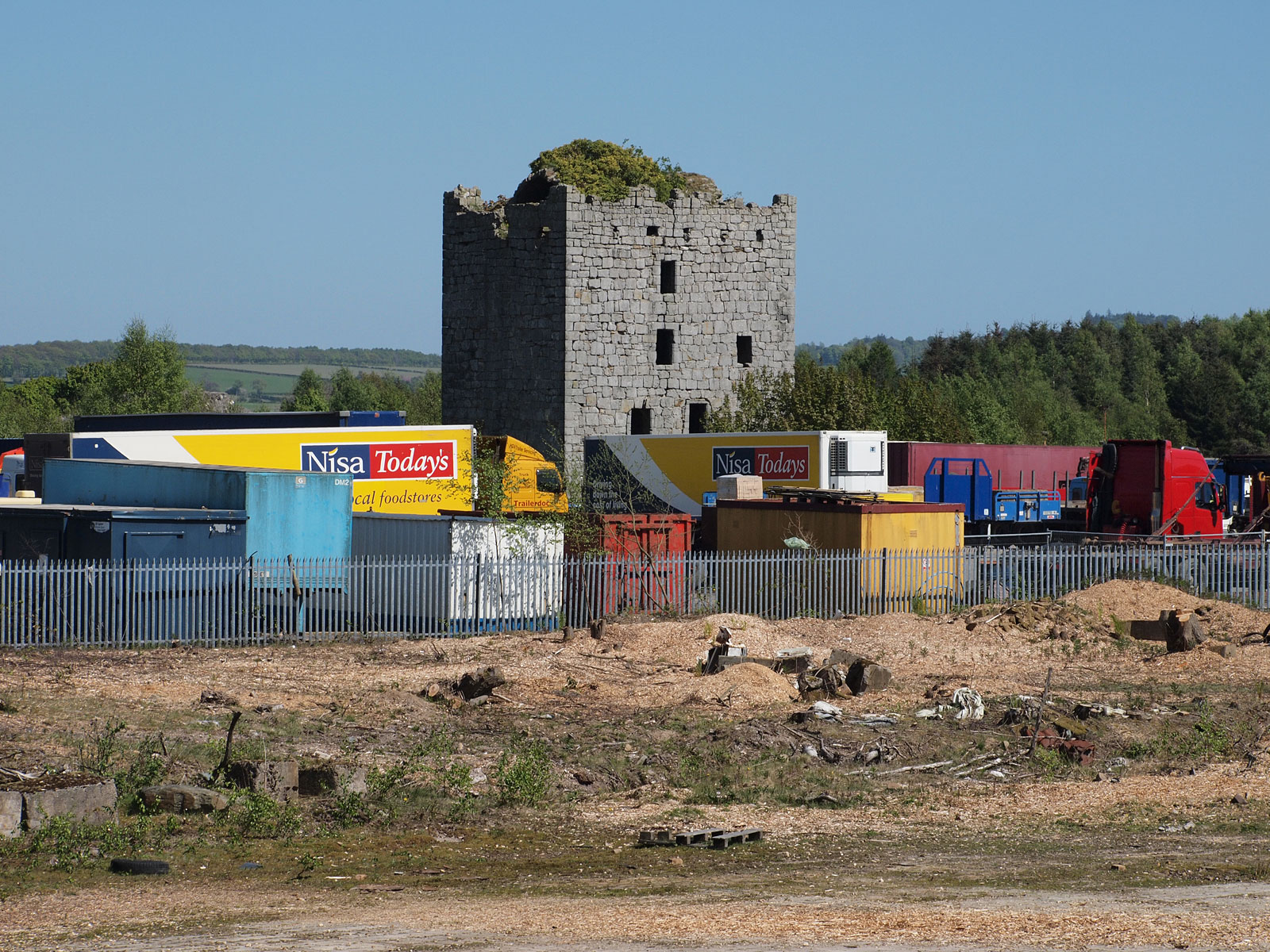Carribber Glen
Valley in Stirlingshire
Scotland
Carribber Glen
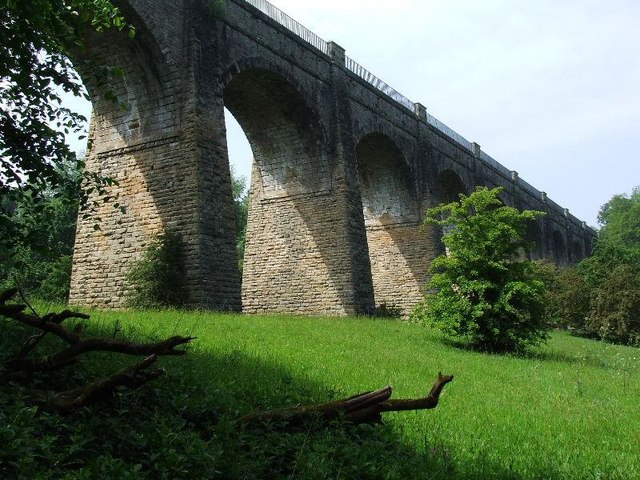
Carribber Glen is a picturesque valley located in Stirlingshire, Scotland. Situated on the outskirts of the village of Blackridge, the glen is renowned for its stunning natural beauty and tranquil atmosphere. It is a popular destination for nature enthusiasts and outdoor adventurers.
The glen is characterized by its rolling hills, dense woodlands, and a meandering river that runs through its heart. The river, known as the Carribber Burn, adds to the valley's charm, providing a soothing soundtrack of babbling water and occasional cascades. The surrounding woodlands are home to a variety of native flora and fauna, creating a haven for wildlife enthusiasts and birdwatchers.
Visitors to Carribber Glen can explore its numerous walking trails, which offer panoramic views of the surrounding countryside. The trails range in difficulty, catering to both casual strollers and more experienced hikers. Along the way, visitors may encounter ancient ruins, including the remains of Carribber Castle, which dates back to the 16th century.
The glen's idyllic setting also makes it a popular spot for picnics and family outings. Its peaceful ambiance and scenic surroundings provide the perfect backdrop for relaxation and unwinding from the stresses of everyday life.
Carribber Glen is easily accessible by car, with ample parking available nearby. It is a hidden gem in Stirlingshire, offering visitors a chance to connect with nature and enjoy the beauty of the Scottish countryside.
If you have any feedback on the listing, please let us know in the comments section below.
Carribber Glen Images
Images are sourced within 2km of 55.959284/-3.6586928 or Grid Reference NS9675. Thanks to Geograph Open Source API. All images are credited.
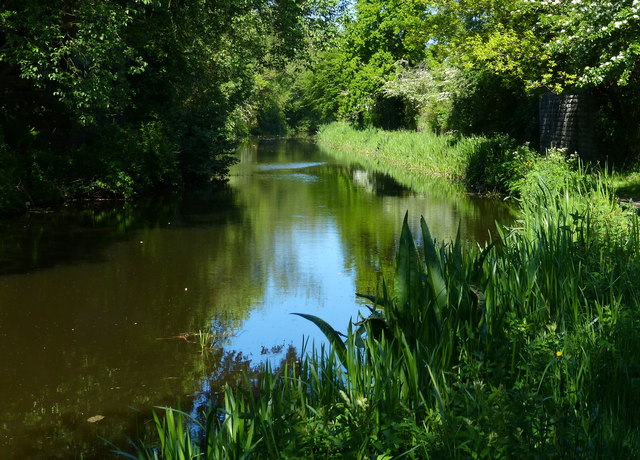
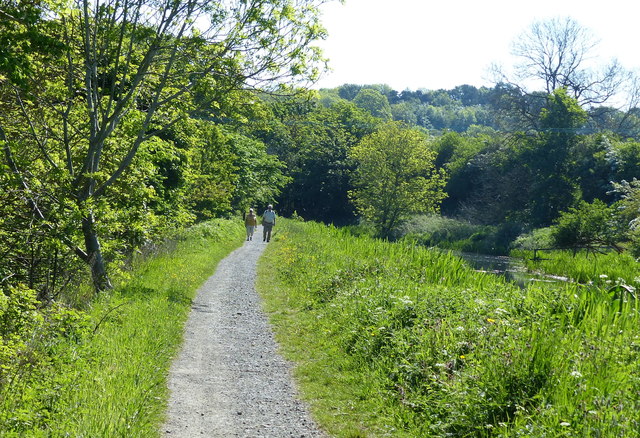
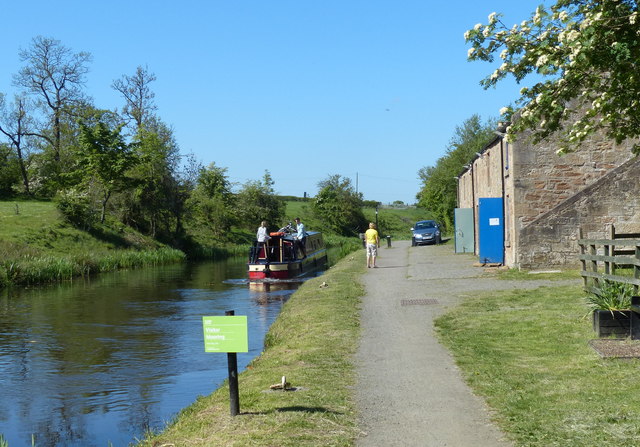
Carribber Glen is located at Grid Ref: NS9675 (Lat: 55.959284, Lng: -3.6586928)
Unitary Authority: Falkirk
Police Authority: Forth Valley
What 3 Words
///parsnips.thigh.local. Near Maddiston, Falkirk
Nearby Locations
Related Wikis
Muiravonside Country Park
Muiravonside Country Park is 170 acres of woodland and parkland open to the public all year round with marked trails, picnic sites and a play area. It...
Avon Aqueduct
The Avon Aqueduct is a navigable aqueduct that carries the Union Canal over the River Avon, near Linlithgow, Scotland. == History == The aqueduct was built...
Whitecross, Falkirk
Whitecross is a small village within the Falkirk council area, close to the boundary of West Lothian council in Scotland. It lies 2.0 miles (3.2 km) west...
Bowhouse railway station
Bowhouse railway station served the suburb of Bowhouse, Falkirk, Scotland, from the 1840s to 1964 on the Slamannan Railway. == History == The station was...
Battle of Linlithgow Bridge
The Battle of Linlithgow Bridge is a battle that took place on 4 September 1526 in the village of Linlithgow Bridge, outside the Scottish town of Linlithgow...
Manuel Junction
Manuel Junction is a railway junction near the village of Whitecross, Falkirk, Scotland. It is the terminus of the Bo'ness and Kinneil Railway (operated...
Bo'ness Junction rail crash
Bo'ness Junction rail crash occurred at Bo'ness Junction in Falkirk.The junction lies on the Edinburgh and Glasgow Railway between Falkirk and Linlithgow...
Almond Castle
Almond Castle is a ruined L-plan castle dating from the 15th century. It is located 3 miles (4.8 km) west of Linlithgow, and north of the Union Canal,...
Nearby Amenities
Located within 500m of 55.959284,-3.6586928Have you been to Carribber Glen?
Leave your review of Carribber Glen below (or comments, questions and feedback).


